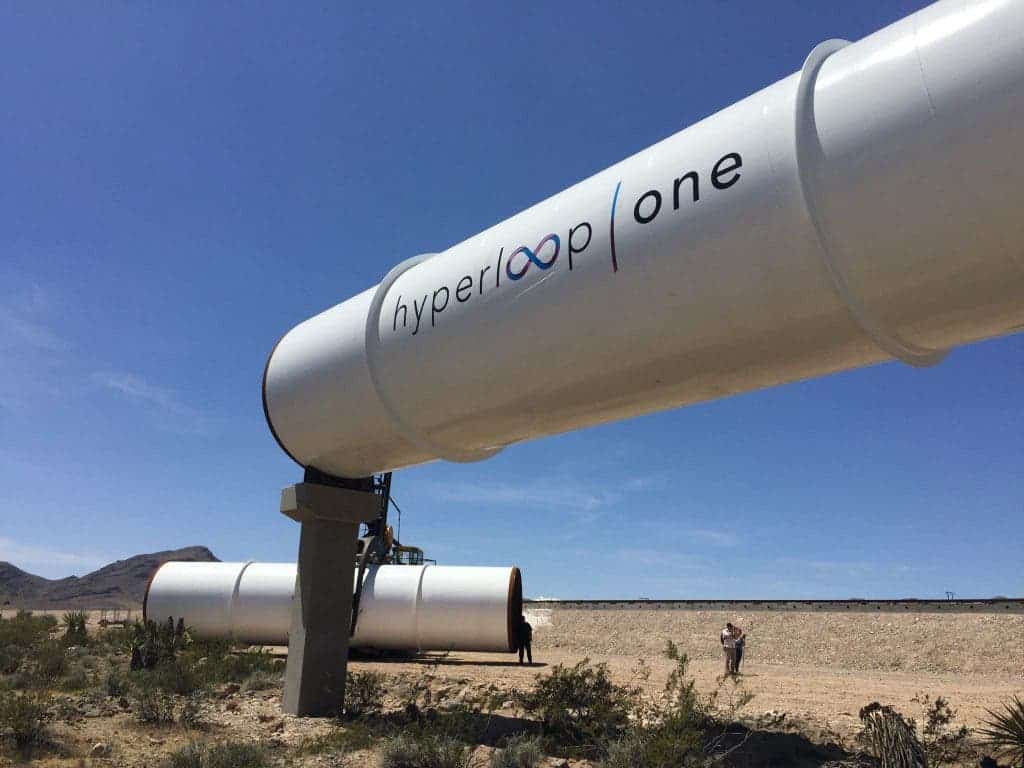
Credit: Andrew J. Hawkins for The Verge
Hyperloop One, a company that has distanced itself as the leader of Hyperloop tech, announced it will be working closely with the Russian government to bring rapid transportation pods to the country. The short-term plan involves bringing the Hyperloop to Moscow and its 16 million citizens, but the long-term plan is even more ambitious and involves using Hyperloop to link China with Europe to ferry goods. They call this a sort of Silk Road revival.
Silk Road 2.0
The Silk Road started as a lucrative Chinese silk trade, which began during the Han Dynasty (206 BCE–220 CE), and was the major reason for the connection of trade routes into an extensive trans-continental network. The Silk Road was the main artery for business and trade between China and the West and played a major role in the exchanges of cultural and trade-goods. For instance, papermaking, printing, compass and gunpowder all originate from China and were introduced to Europe via the Silk Road.
The Hyperloop was first proposed by entrepreneur Elon Musk, who designed a conceptual route from the Los Angeles region to the San Francisco Bay Area, paralleling the Interstate 5 corridor for most of its length. Preliminary calculations showed an expected journey time of 35 minutes, meaning that passengers would traverse the 350-mile (560 km) route at an average speed of around 600 mph (970 km/h), with a top speed of 760 mph (1,200 km/h).
While the U.S. bureaucracy is derailing Hyperloop plans, Europe is far more forgiving in this respect. Here, many companies have already signed contracts with local authorities to build their own Hyperloops, like Hyperloop Transportation Technologies which plans to build a Hyperloop-link from Vienna, Austria, to Bratislava, Slovakia, and from Bratislava to Budapest, Hungary.
Hyperloop One, however, is the only company so far to have successfully tested the technology. The company concluded its open-air propulsion test in the Nevada desert a month ago, in which a sled accelerated to 116 mph (187km/h) in 1.1 seconds. Though there are still many technical challenges that need to be overcome before we can actually see a fully working ultra-fast pod transportation, Hyperloop One has proven itself as the pack leader so far.
This influence seems to be working well for the company’s efforts to lock in new contracts and secure funding, like the recent memorandum of understanding signed at the St Petersburg international economic forum by Hyperloop One, the city of Moscow and Russian firm The Summa Group, which invests in infrastructure projects.
“Hyperloop can improve life dramatically for the 16 million people in the greater Moscow area, cutting their commute to a fraction of what it is today,” Shervin Pishevar, co-founder of Hyperloop One, said in a press release.
“Our longer-term vision is to work with Russia to implement a transformative new Silk Road: a cargo Hyperloop that whisks freight containers from China to Europe in a day,” he said.
This quite an ambitious goal for a technology that has yet to be proven, and people are right to be skeptical. But although it might all sound very expensive, if Hyperloop One can link China with Europe then goods you ordered in the morning could arrive at your home the same day. You’d have to pay a huge shipping price but for a lot of people the fast delivery is worth the extra buck. We’ll have to learn more once the first HyperLoop debuts, maybe as early as 2019 for cargo and 2021 for passenger, according to a Hyperloop One official.









